Full Curriculum
Unit IV: Israel in Focus
Lesson 2: Past and Present
| Time: | 50 minutes |
| Materials: | Copies of Israel worksheet 2A: “Past and Present: Introductory Activity” (one per student) Computer with Internet access, to play audio or video of “HaTikvah” and “HaEmunah” Classroom board Copies of Israel worksheets_2B: “Past and Present: Jewish Texts” (one per student) Printed copies of related photographs by Zion Ozeri (one copy of each):
Internet access |
| Preparation: | Prior to class, download audio or video of the songs “HaTikvah” and “HaEmunah” to a classroom computer and prepare them so that they are easily accessible for the Introductory Activity. |
| Big Idea: | The focus of this lesson is the strong connection in Judaism and in Israel between the past and the present. Why does this connection exists – in Jewish religious practice, traditions, symbols, holidays, texts, art, and in the history and land of Israel – in such a prominent way? Why does our history implore us to learn from our past in order for the Jewish people and the State of Israel to flourish now and in the future? |
| Learning Objectives: | In this lesson, students will:
|
Warm-Up/Introduction Activity (15 minutes):
- Divide students into small groups, and distribute Israel Worksheet 2A: “Past and Present: Introductory Activity.” Ask students if they recognize either of these poems-turned-songs (they should immediately recognize “HaTikvah,” Israel’s national anthem.) Explain that Naftali Hertz Imber, a Jewish poet from what is now Ukraine, probably wrote the words to the poem “HaTikvah” in the late 1870s, and the version of the poem that we sing as the Israeli national anthem is a shortened version. Rav Kook, an extremely influential Israeli scholar and rabbi, wrote “HaEmunah” as a response to “HaTikvah,” feeling that “HaTikvah’s” words were too secular (non-religious).
- Listen to the audio or video of “HaTikvah” (“Hatikvah”, the National Anthem of Israel | My Jewish Learning ).
- Then, have each group read and discuss both poems on the worksheet, using the questions in the boxes to the right of the poems as a guide. After their group discussions, each group should complete the Venn diagram (page 2 of the worksheet) to show visually how the poems both overlap and differ. Students should then share their ideas with the class, and a class-wide version of the Venn diagram can be created on the classroom board.
- Explain that the focus of today’s lesson is the strong connection between the past and the present in Judaism and in Israel. How do these two poems reflect that link?
Text Discussion (10-15 minutes):
- Distribute Israel Worksheet 2B: “Past and Present: Jewish Texts” and have a student read aloud the quotation from Yitzhak Shamir.
– Why is this idea important to the Jewish people?
– How does it apply to the State of Israel?
– What examples from the past can students identify that we must learn from in order to “prepare for the future”? - Next, read the poem “My Heart Is in the East” by Yehuda Halevi. Explain that Halevi was a Spanish poet who lived from about 1085 to 1141, and that he traveled to the Land of Israel towards the end of his life to fulfill his lifelong dream of making Aliyah.
– How does this poem speak to Halevi’s yearning to live in Israel?
– What emotion does the poem evoke through its words?
– Why might he be unable to enjoy what he eats?
– What “vows and bonds” has he “rendered”? What does this mean?
– What do the references to Edom and the chains of Arabia mean?
– How does the last line of the poem reflect how Halevi feels about the deep connection between the past of the Jewish people and the present? - Discuss how we as Jews remember and honor the tribulations and victories of our ancestors in modern times. Why is this so important? Brainstorm examples of how we do this through holidays, rituals, and symbols. Why is connecting to our past so central to being Jewish – and to being modern Jews? Similarly, why is connecting to the history of Eretz Yisrael important to us today?
Photo Activity (15 minutes):
Divide students into six groups, and give each group one of the following pairs of photographs by Zion Ozeri:
Homa V’migdal Replica,Kibbutz Nir Zvi, 1998
Water Tower, Zichron Ya’akov, Israel, 2010
Gravesite of Eliezer Ben Yehudah, Mount of Olives, Jerusalem, Israel, 2010
General Uzi Narkis, Zion Gate, Jerusalem, Israel, 1997
Rabbi Tarfon Street, Tel-Aviv, Israel, 2013
Established 1930, Kfar Vitkin, Israel, 2010
A War Hero and a Legend, Givat Hatachmoshet, Jerusalem, Israel, 1997
Ben Gurion’s Grave, Sde Boker, Israel, 2009
Old City Alleyway, Jerusalem, Israel, 2005
Old and New, Jerusalem, Israel, 2010
In Basel I Established the Jewish State, Basel Square, Tel-Aviv, Israel
Herzl’s Barber Shop, Ra’anana, Israel, 2013
- Direct students to discuss in their groups how their photographs are related and how they juxtapose the past and present. To better understand the location and people captured in their photographs, students may need access to the Internet to conduct some basic research.
- Then, give each group a piece of poster board, markers, and glue or tape to create a presentation poster comparing their two photographs. Students should mount their photographs on the posters so that one is on the left and one is on the right. The names of the photographs should be clearly written above them. In the space between the photographs, students should create a list of ways in which the two photographs are related. The list may include repeated images, ideas, people and themes. Below each photograph, students should write how the concept of “past and present” is visually represented.
- Students should present their posters to the class. Allow time for further discussion.
Wrap Up/Review (5 minutes):
How do the photographs seen in class relate to any of the texts read in class (“HaTikvah”, “HaEmunah”, the Yitzhak Shamir quotation, “My Heart Is in the East”)?
Homework:
Each student should choose an object in his or her home that is an important relic from the family’s history (e.g., an heirloom that has been passed down, a specific piece of jewelry or artwork or piece of Judaica, etc.) Instruct students to take a series of photographs of the object, both by itself and with different family members (including different generations). Students should try to capture its importance as a piece of family history in the past and in the present. Then, students should “write the object’s story,” from those who first possessed it through its journey to their home. Students may write from the perspective of the object itself or from that of any person who ever owned it, and should reflect on its significance in connecting the past with the present. Photographs and stories should be shared in a future class.
Extension Activities:
- Read and analyze Naftali Hertz Imber’s poem Tikvatenu, the poem that was excerpted to create “HaTikvah.” What does the poem add to the poet’s greater vision of Israel, Zionism in general, and the connection between past and present? Create a PowerPoint presentation or other visual presentation that explores all nine stanzas of the poem and incorporates photographs from around Israel to illustrate its themes.
If your students have not yet done the Introductory Lesson, we recommend beginning with that lesson before progressing through the lessons in this unit.
PHOTOS
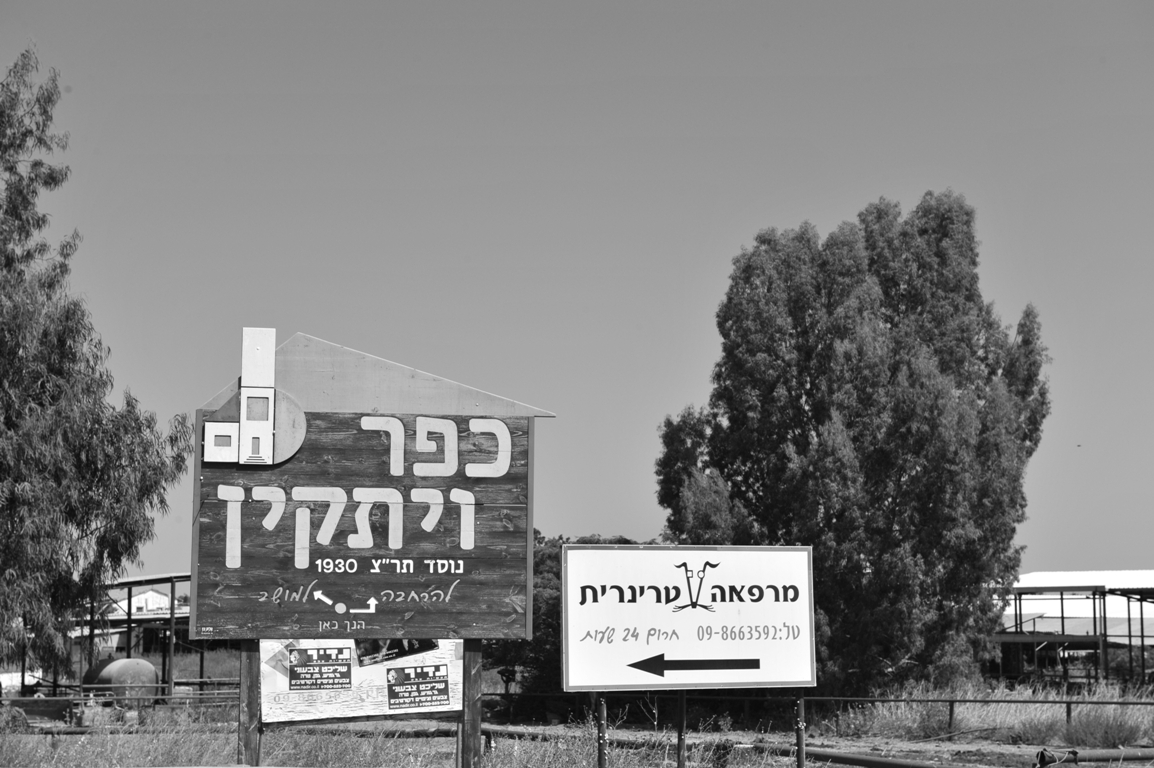
Established 1930, Kfar Vitkin, Israel 2010
Kfar Vitkin is a village in the center of Israel. It was established in 1930, as a farming Moshav (collective settlement). Over the past 70+ years, Kfar Vitkin has expanded and now offers many amenities. The signs in this image advertise the services of a medical clinic and veterinarian.

Ben Gurion’s Grave, Sde Boker, Israel 2009
David Ben Gurion was a primary founder and the first Prime Minister of Israel. He is buried at Kibbutz Sde Boker in the Negev Desert, along with his wife, Paula. Ben Gurion spent the last 20 years of his life at Sde Boker. His former home there is now a museum.
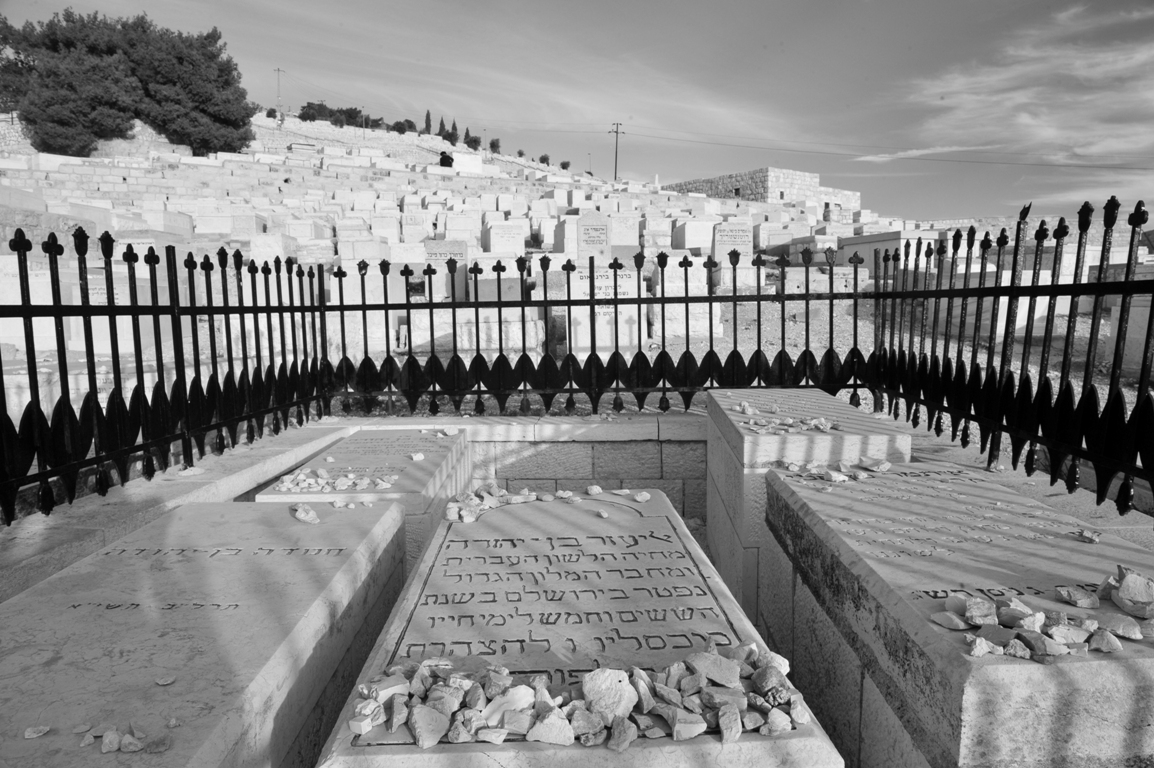
Graveste of Eliezer Ben Yehudah, Mount of Olives, Jerusalem, Israel 2010
Eliezer Ben Yehudah was born in 1858, in Belarus. Ben Yehudah is known as the reviver and creator of Modern Hebrew. His children are its first native speakers. He is buried in Jerusalem, on the Mount of Olives.
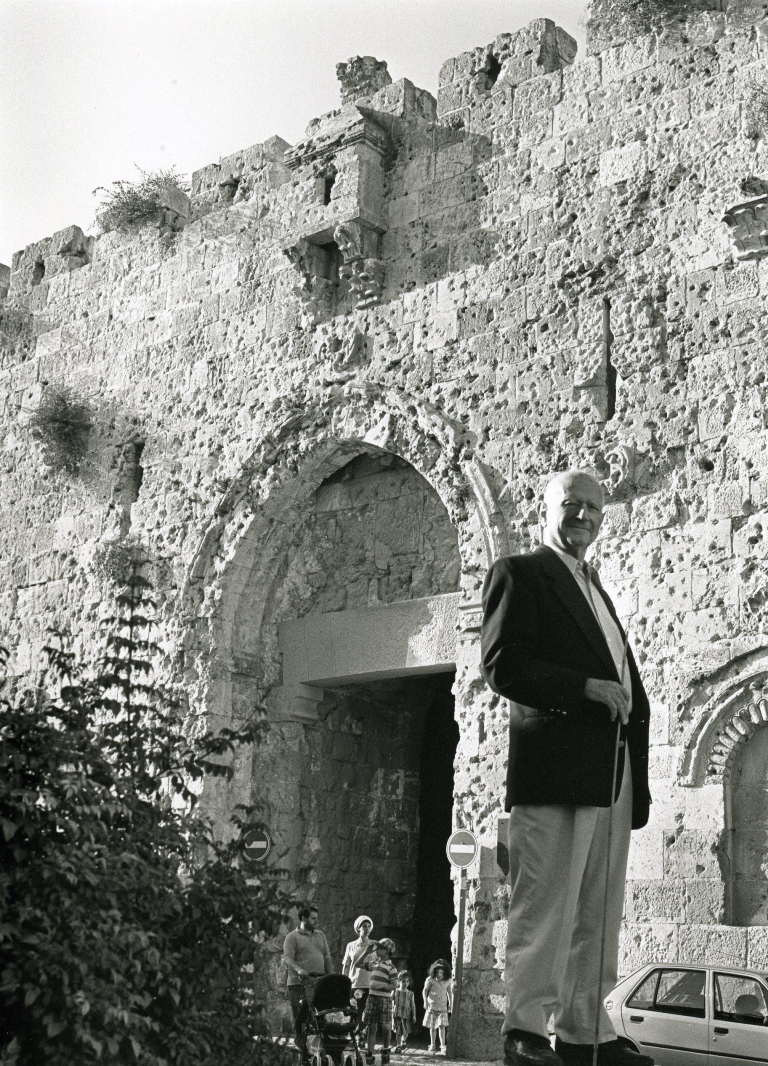
General Uzi Narkis, Zion Gate, Jerusalem, Israel 1997
General Uzi Narkis was one of the liberators of the Old City and Temple Mount in Jerusalem during the Six-Day War in June 1967. In this photograph, he stands in front of the bullet-marked Zion Gate, in Jerusalem.
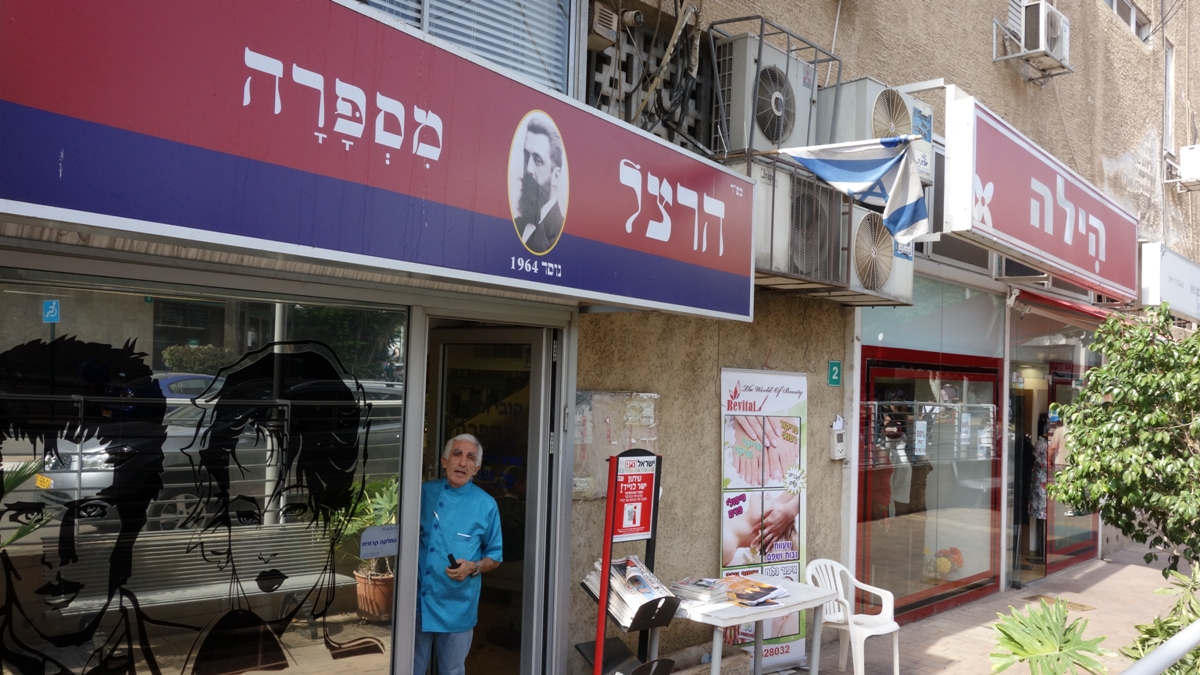
Herzl’s Barber Shop, Ra’anana, Israel 2013
Herzl’s Barber Shop is an example of the blending of history and modernity in present day Israel. In this photograph, a barber stands at the door to his shop named for Theodor Herzl, the creator of political Zionism.
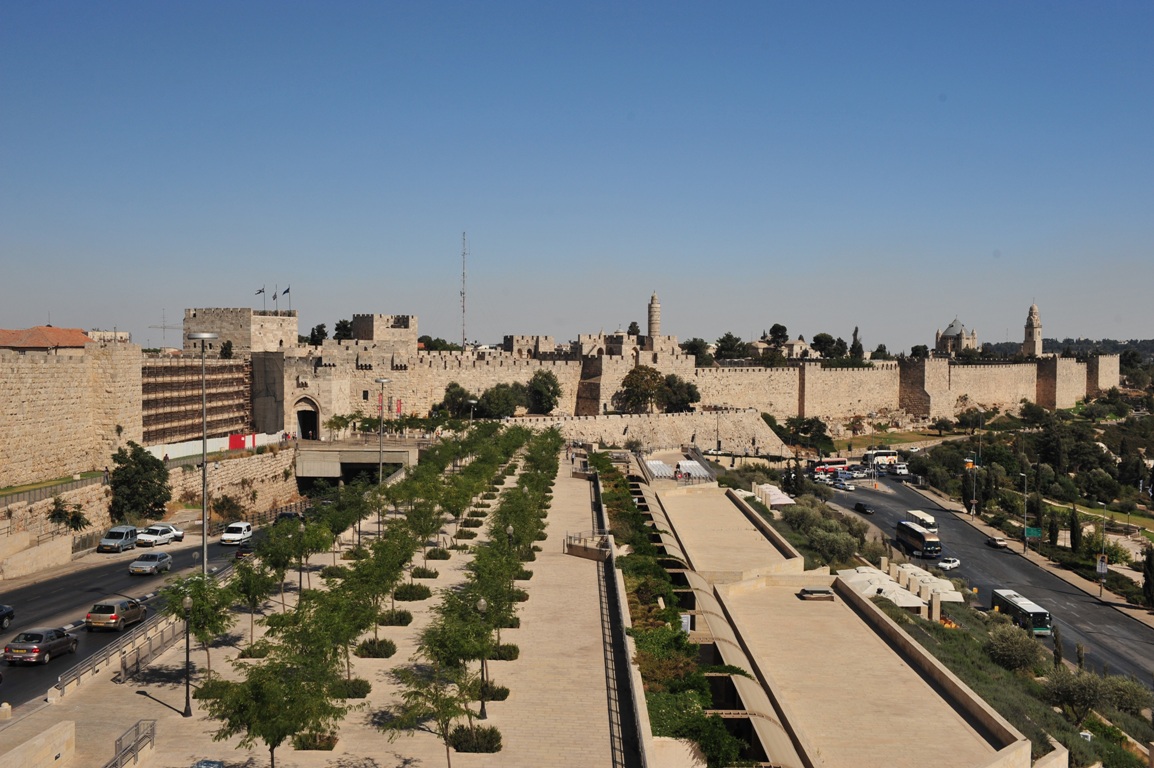
Old and New, Jerusalem, Israel 2010
This photograph was taken from above the restored Mamilla Mall in Jerusalem, just outside the walls of the Old City, reflecting a mixture of new and old architecture in an ancient landscape.
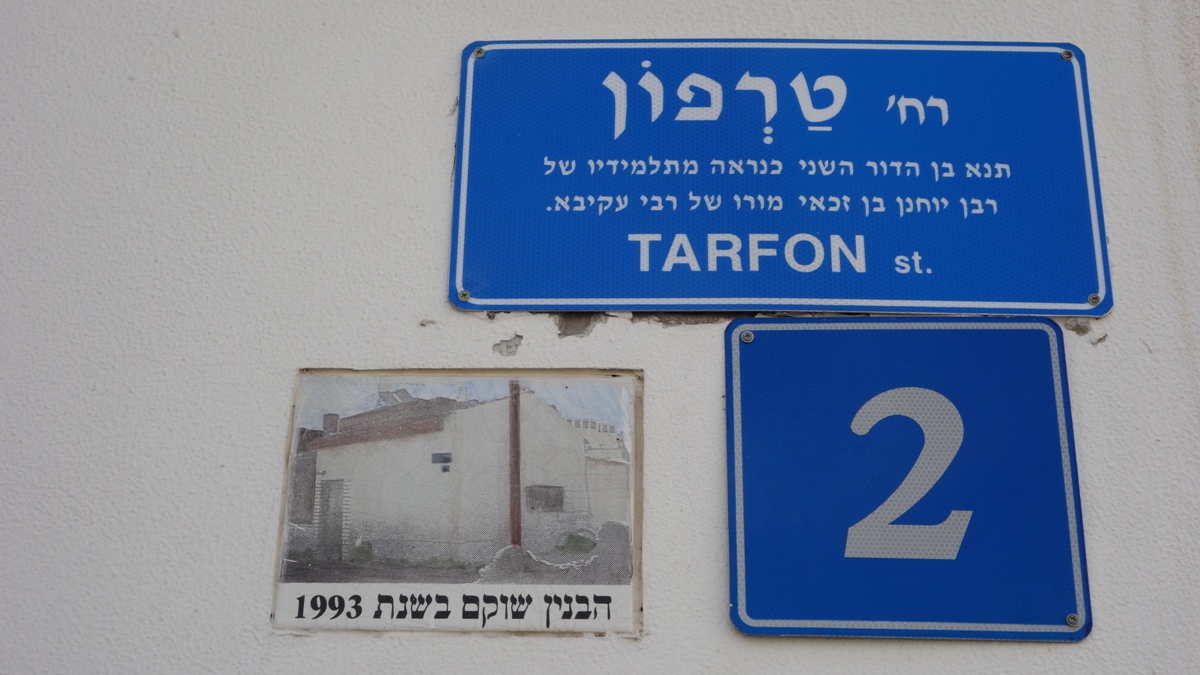
Rabbi Tarfon Street, Tel-Aviv, Israel 2013
This photograph was taken from above the restored Mamilla Mall in Jerusalem, just outside the walls of the Old City, reflecting a mixture of new and old architecture in an ancient landscape.
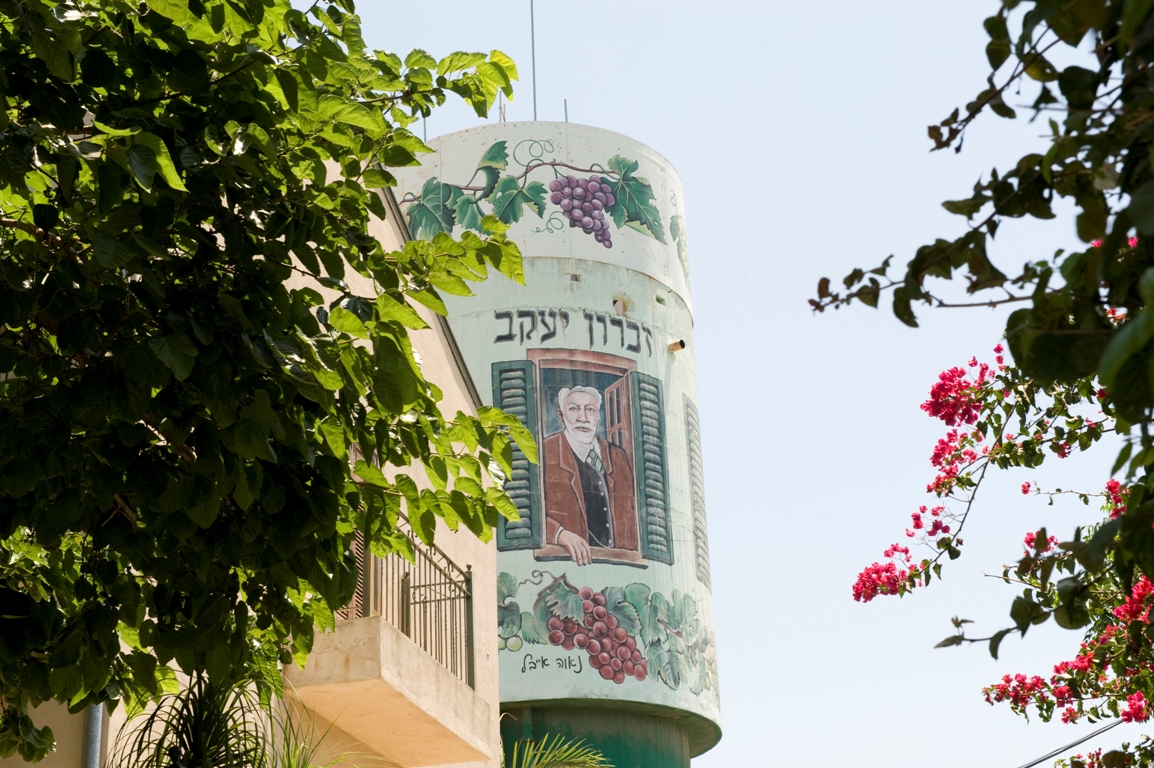
Water Tower, Zichron Ya’akov, Israel 2010
This water tower is located in Zichron Ya’akov, a town on the northern coast of Israel named for Jacob Rothschild. Rothschild’s likeness appears on the water tower below the name of the town. The Rothschilds were a philanthropic French banking family who helped buy and reclaim land before the establishment of Israel.
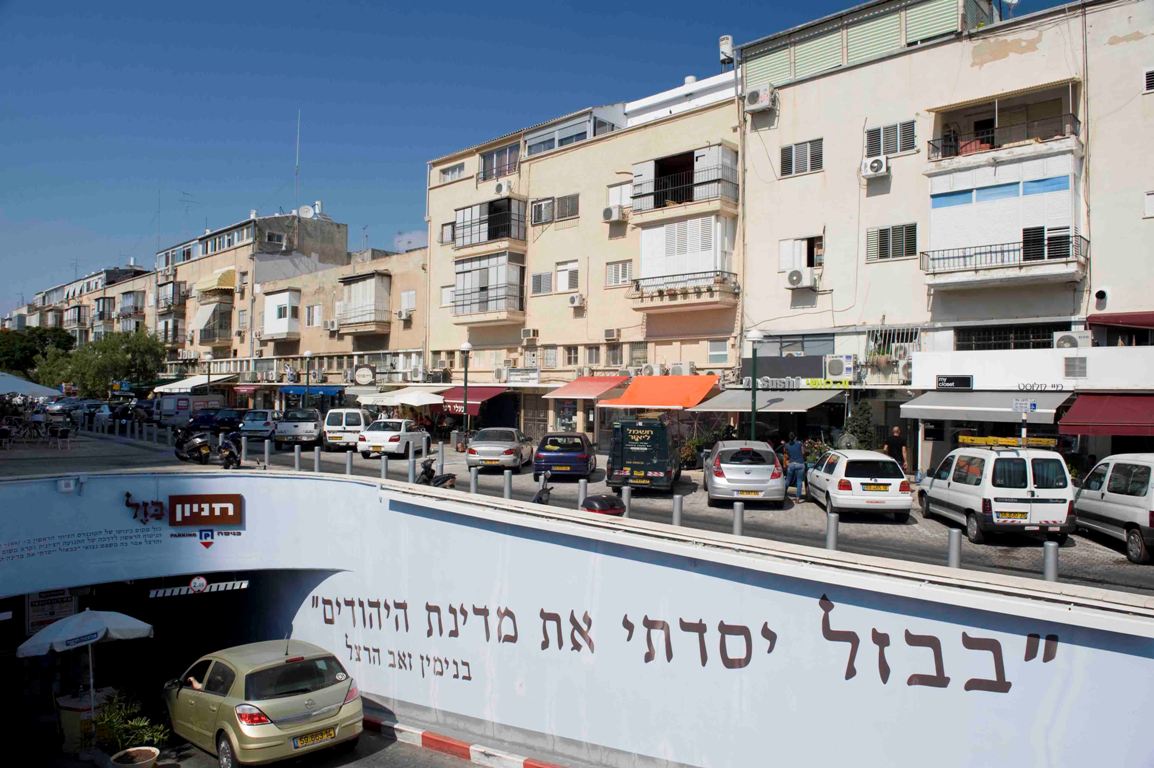
“In Basel I Established the Jewish State”, Basel Square, Tel-Aviv, Israel
The “Basel Parking Garage” is located below trendy Basel Square in Tel-Aviv. The square is named for the city in Switzerland, where the First Zionist Conference was held, where Theodore Herzl presented his idea for a modern Jewish state. Herzl is quoted on the side of the parking entrance: “In Basel I Established a Jewish State.”
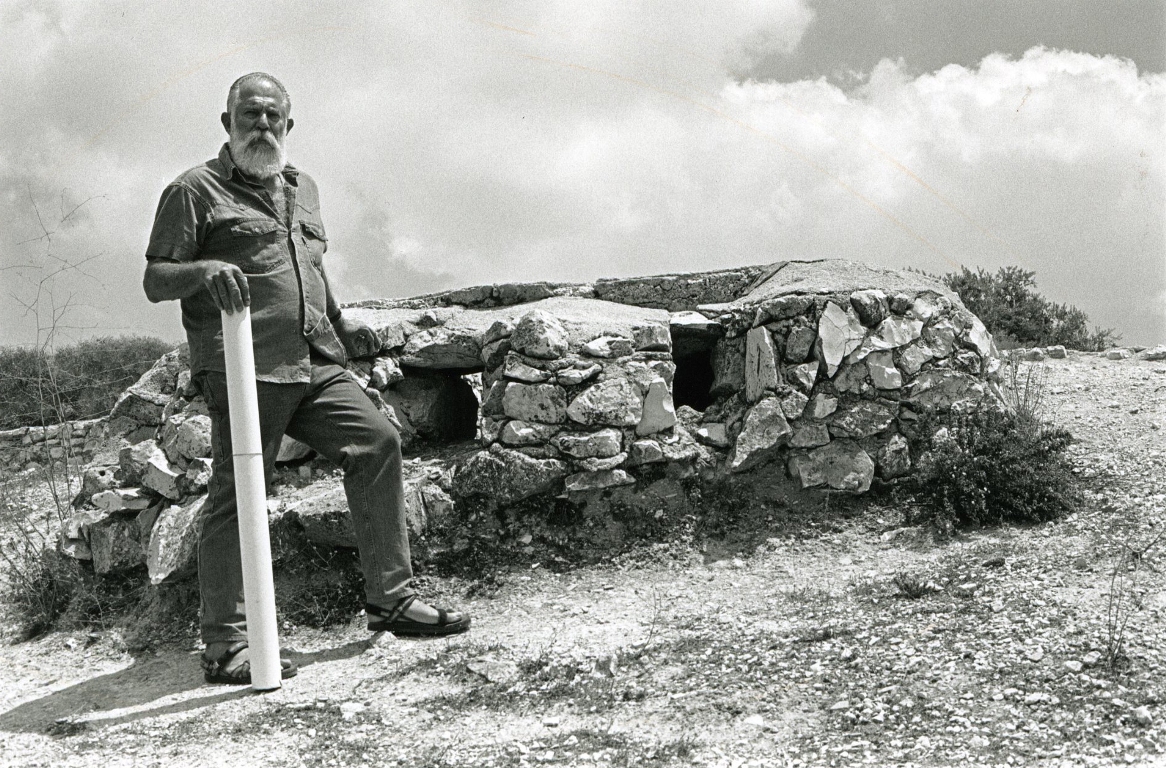
“In Basel I Established the Jewish State”, Basel Square, Tel-Aviv, Israel
The “Basel Parking Garage” is located below trendy Basel Square in Tel-Aviv. The square is named for the city in Switzerland, where the First Zionist Conference was held, where Theodore Herzl presented his idea for a modern Jewish state. Herzl is quoted on the side of the parking entrance: “In Basel I Established a Jewish State.”
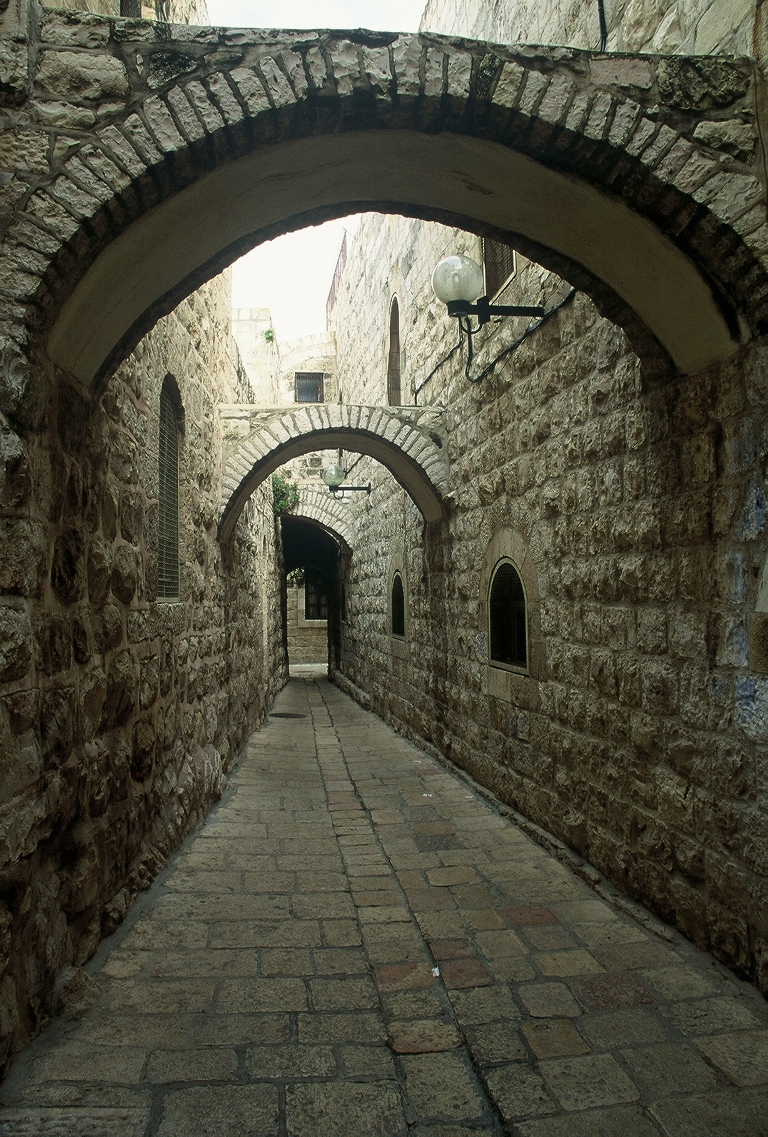
Old City Alleyway, Jerusalem, Israel 2005
The Old City of Jerusalem is a walled enclave of narrow alleys and stone buildings dating back many centuries. Until the 19th century, the Old City constituted the entire city of Jerusalem, but in modern times, the city has expanded well beyond the Old-City walls. Today, the historic structures of the Old City stand in contrast to the bustling modern city that surrounding them.

Homa V’migdal Replica, Kibbutz Nir Zvi 1998
A replica of the original tower built for Kibbutz Tel Amal in 1936. These “tower and stockade” structures, were erected overnight to help protect new settlements against Arab attacks in the period before the establishment of the State of Israel.

